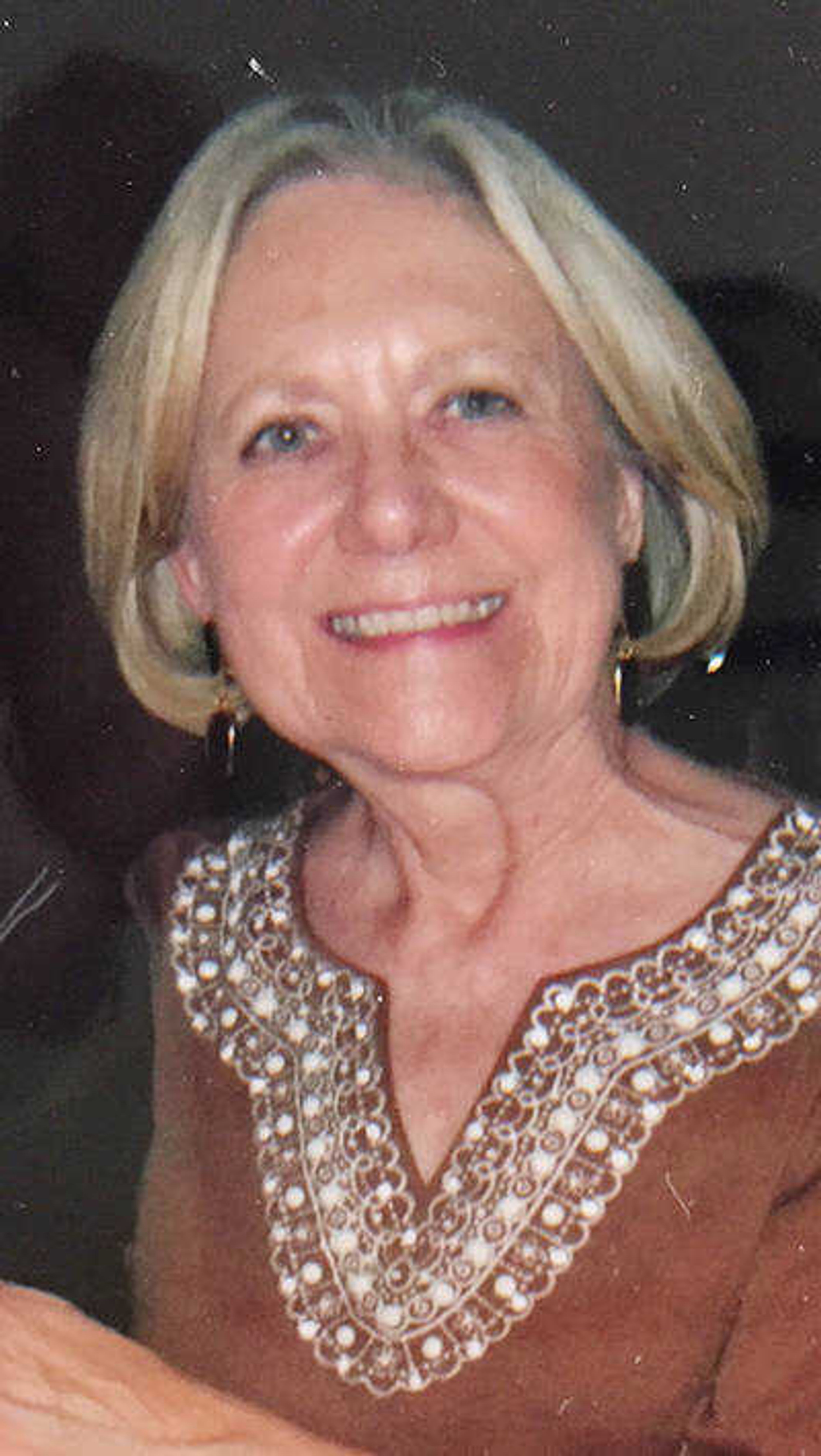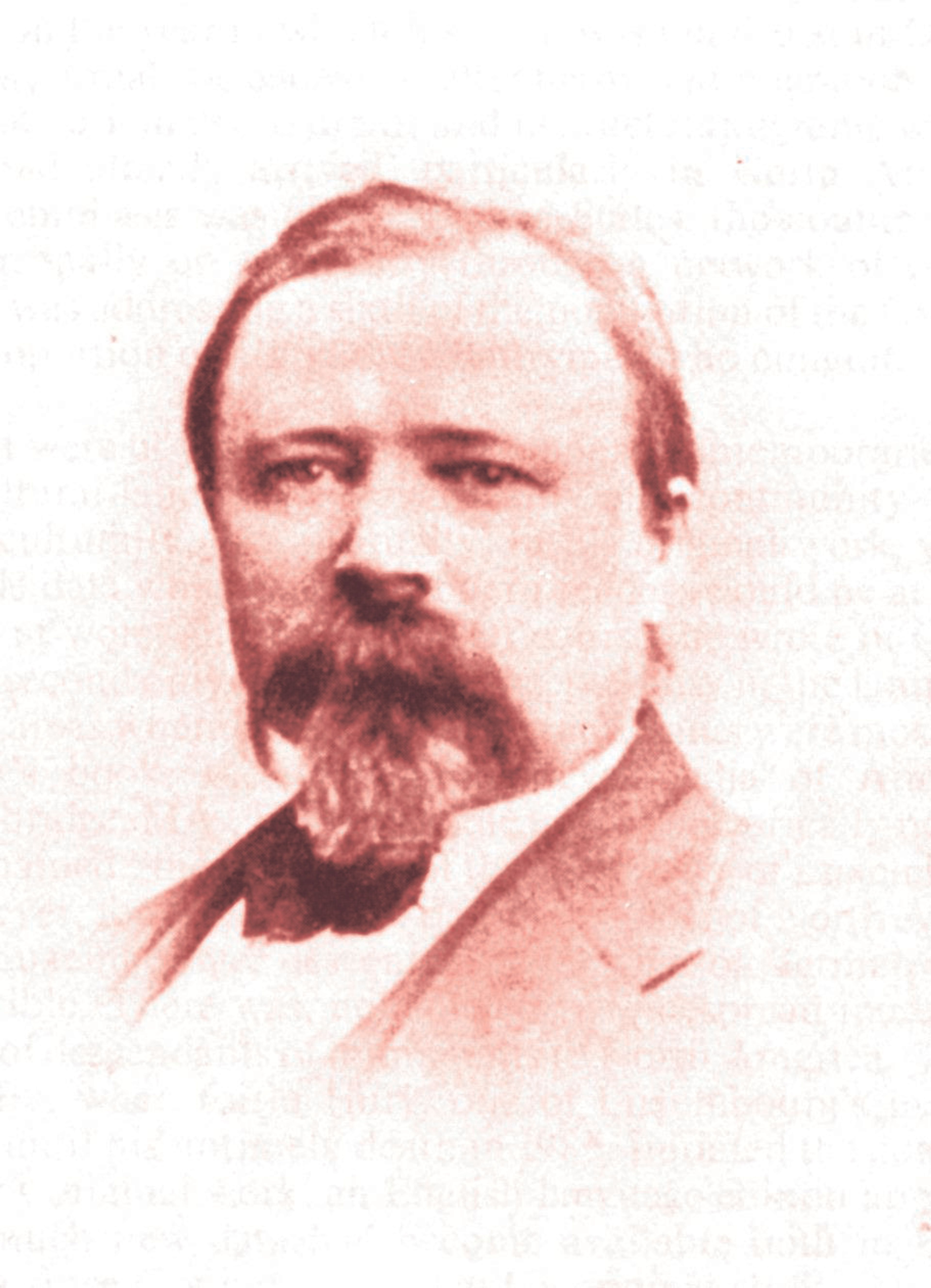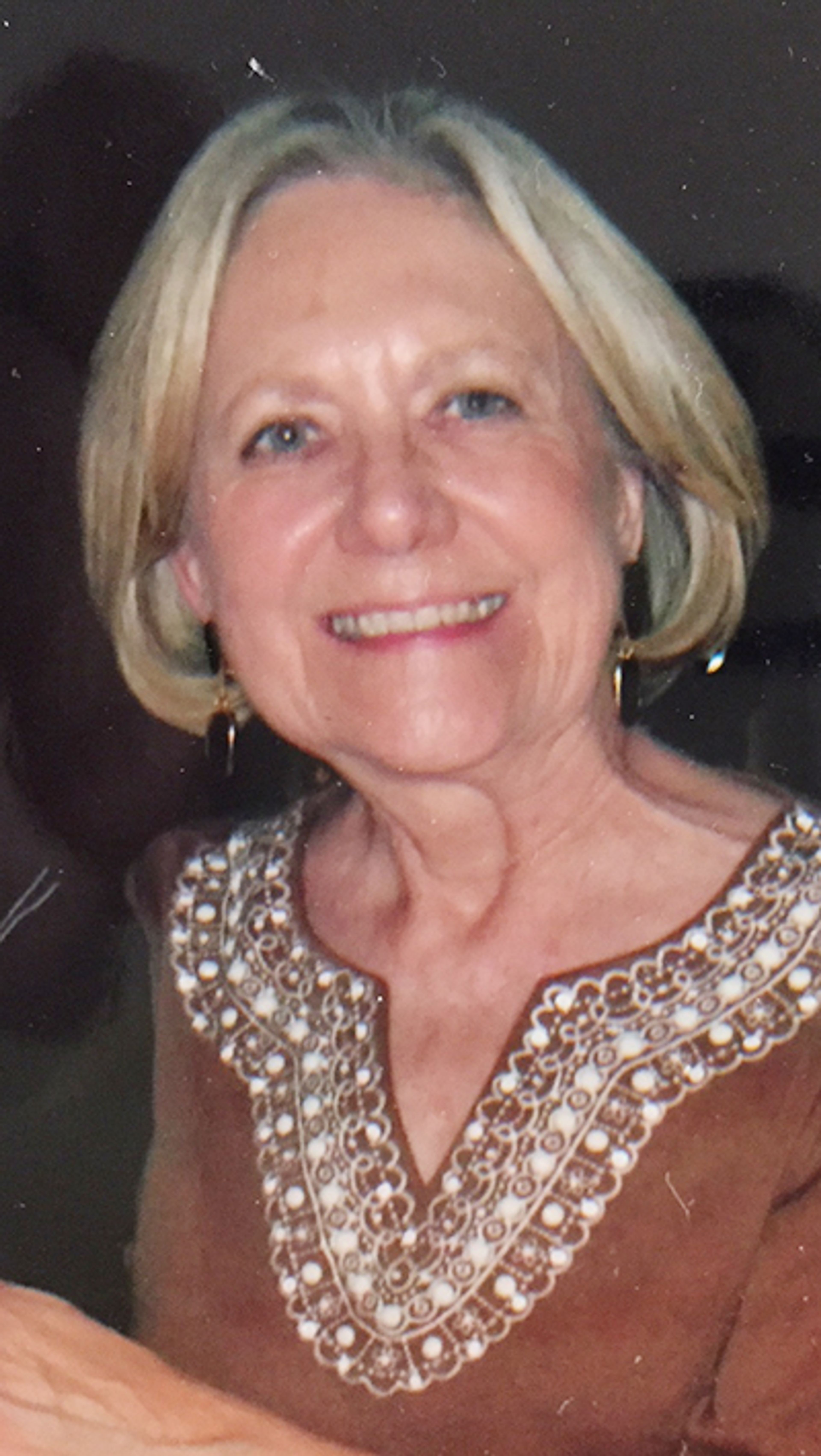Hahs: Gonner adds to Cape Girardeau landmarks in the 19th century
Nicholas Gonner, a skilled engineer from Luxembourg, left a lasting legacy in Cape Girardeau by building landmarks like the German Turner Hall and mapping the city in the 19th century.
In 1866, a gentleman and his family by the name of Gonner came to America. He was a talented civil engineer who was born in Pfaffental, a suburb of Luxembourg.
Choosing a career as a construction engineer, Nicholas Gonner was in charge of building a stone arched bridge over the Mosel River in Remich, Luxembourg, that ultimately was destroyed by the German army in World War II. While living in the area, he met his future wife, Anna Marie Dittlinger.
Following their marriage, Napoleon III caused a diplomatic dispute and confrontation between Prussia and France over the political status of Luxembourg. Fearing the worst, many residents left the country, including the Gonners.
Anna Marie had relatives in Cape Girardeau. Upon landing in New York on the steamship, Europa, they were met by Michael Dittlinger, whose home was located at the present site of the university’s Kent Library. Dittlinger also owned the quarry behind their home and all the property north, which became the original college farm.
After arrival in Cape Girardeau with his wife and three children – Jean Pierre, Matilda and Celestine – Nicholas was asked by Michael Dittlinger to become his partner in a contracting business.
As a contractor, Gonner built the German Turner Hall, which became the old Opera House and today is Katie O’Ferrell’s at 300 Broadway. The building, built in 1868, has been often admired as one of the finest displays of brickwork. The Turner Society’s members are thought to have used their own members to construct the unique building, which later was saved from destruction in the 1950s. Originally, the building included a stage for entertainment and concerts. In the summertime the back wall opened to reveal a beer garden for the customers to sit and watch entertainment while sipping their favorite beverage.
A plaque is prominently displayed on the building’s corner of Lorimier and Broadway stating its history.
When the Germans arrived in Cape Girardeau, St. Vincent’s Church was the only designated church for the Catholics to attend. Preferring their own language rather than sermons preached in English, a new church was designed and built by Gonner and Dittlinger in 1868 for the Catholic German immigrants, including many from Luxembourg who also moved into the community.
While in Cape Girardeau, the Gonners were blessed with two more children, Lorenz and Nicholas Jr.
During that time, Gonner also lent his engineering expertise to the planning and construction of the Cape Girardeau & State Line Railroad of 1869.
Also that year, Cape Girardeau was re-surveyed by Gonner, who drew the first comprehensive map of Cape Girardau for the City Council. The original map, available at the Cape Girardeau County Recorder of Deeds office, correctly marked all the streets, alleys, public court house square and lots from the river to Henderson Avenue on the west. The last street labeled on the north was Walthen before Lorimier Cemetery and Jefferson Avenue to the south. It was adopted on Aug. 9, 1869, with a seal affixed on Jan. 5, 1870. The streets Gonner listed on the map have nearly remained the same except for a few, such as German which was replaced by Main; Aquamsi became Water; Orleans became Sprigg; Walthen became Washington, and Harmony or Jackson Road was eventually renamed Broadway. When the map was drawn and compiled, George C. Thilenius was mayor.
The map was used as the official map until 1929, when it was replaced by a second survey conducted by city engineer E.L Seiler.
Not only was Gonner an astute engineer of Cape Girardeau landmarks, he was also a journalist. While in Cape Girardeau, he found pleasure in writing articles for the Cape Girdeau Argus newspaper (1863-1871). He especially enjoyed writing on the importance of a good area highway system.
The Gonner family left Cape Girardeau and moved in 1872 to Dubuque, Iowa. He expanded his journalistic pursuits by becoming the editor of the “Luxemburger Gazetta” and the “Iowa,” a Catholic weekly. He also wrote an extensive book – "Luxembourgers in the New World" – depicting many genealogies.
Nicholas Gonner died in 1892 following a severe cold and pneumonia. He and his wife are buried in St. Mary’s Cemetery in Dubuque.
Beverly Hahs is a native of Cape Girardeau County, a freelance writer and graduate of Southeast Missouri State University with a degree in English and library science.
Connect with the Southeast Missourian Newsroom:
For corrections to this story or other insights for the editor, click here. To submit a letter to the editor, click here. To learn about the Southeast Missourian’s AI Policy, click here.












